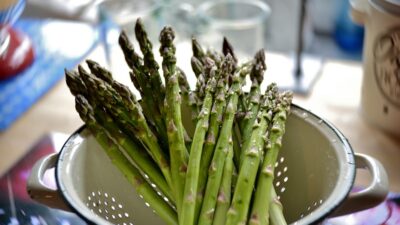In the digital age, recipe videos have transformed how we approach cooking, merging culinary art with visual storytelling. The phrase "Taste as You Watch" encapsulates this trend, inviting viewers not just to observe but to experience cooking through their screens. This article explores the intricate art of recipe video storytelling and how it captivates audiences while inspiring culinary exploration.
The Power of Visuals
At the heart of any compelling recipe video is its visual presentation. From close-ups of sizzling ingredients to slow-motion shots of flour cascading through fingers, the aesthetics of food are critical. Colors, textures, and movements come together to provide a feast for the eyes, evoking an emotional response that encourages viewers to engage with the cooking process.
Cinematic Techniques
Filmmaking techniques play an essential role in recipe video storytelling. Techniques such as:
- Dynamic Angles: Tracking shots and overhead views create a sense of immersion, pulling viewers into the kitchen action.
- Color Grading: Warm tones can evoke comfort, while vibrant colors can stimulate appetite.
- Focus and Depth of Field: Shallow focus draws attention to the food and builds anticipation.
These techniques transform cooking into a cinematic experience, making audience members feel as if they are part of the creation.
Crafting a Narrative
A great recipe video often tells a story. This narrative can take various forms, from the chef’s personal journey with the dish to the cultural significance of the ingredients. Establishing a storyline helps build connections and understanding among viewers, making them more likely to try the recipe themselves.
Emotional Resonance
Shared stories evoke emotions; a family recipe passed down through generations can resonate deeply, inviting viewers to reflect on their own culinary memories. Alternatively, a chef’s journey from failure to success can inspire resilience and creativity in the kitchen.
Engaging the Senses
While viewers can’t taste the food through the screen, recipe videos can evoke sensory experiences. Sound plays an integral role here; the crunch of vegetables, the sizzle of meat, and the bubbling of sauces form an auditory backdrop that enhances the visual feast.
Descriptive Language
Incorporating descriptive language—taking viewers through the textures, scents, and flavors—can further bridge the gap between sight and taste. Phrases like “the rich aroma of garlic” or “the velvety texture of a chocolate ganache” can transport viewers into the kitchen, making them crave the experience.
Encouraging Participation
The success of recipe videos often lies in their ability to invite viewers to partake in the cooking process. Prompting audiences to try their hand at recipes fosters a sense of agency and ownership.
Calls to Action
Many creators include calls to action, encouraging viewers to share their results on social media or engage with the content through comments. This sense of community builds connections, as viewers share experiences, tips, and creative variations.
Conclusion: A New Era of Cooking
The art of recipe video storytelling represents an innovative shift in how we engage with food and cooking. By merging visual aesthetics, narrative depth, sensory engagement, and community participation, these videos transform a simple recipe into an experience. As we watch, we don’t just digest information; we are invited to taste, feel, and ultimately create.
In this era of digital storytelling, recipe videos hold the power to inspire culinary adventures, fostering a deeper appreciation for the art of cooking and the joy it brings to our lives. So, the next time you watch a recipe video, remember: you’re not just observing; you’re embarking on a flavorful journey that ignites your own creativity in the kitchen.



